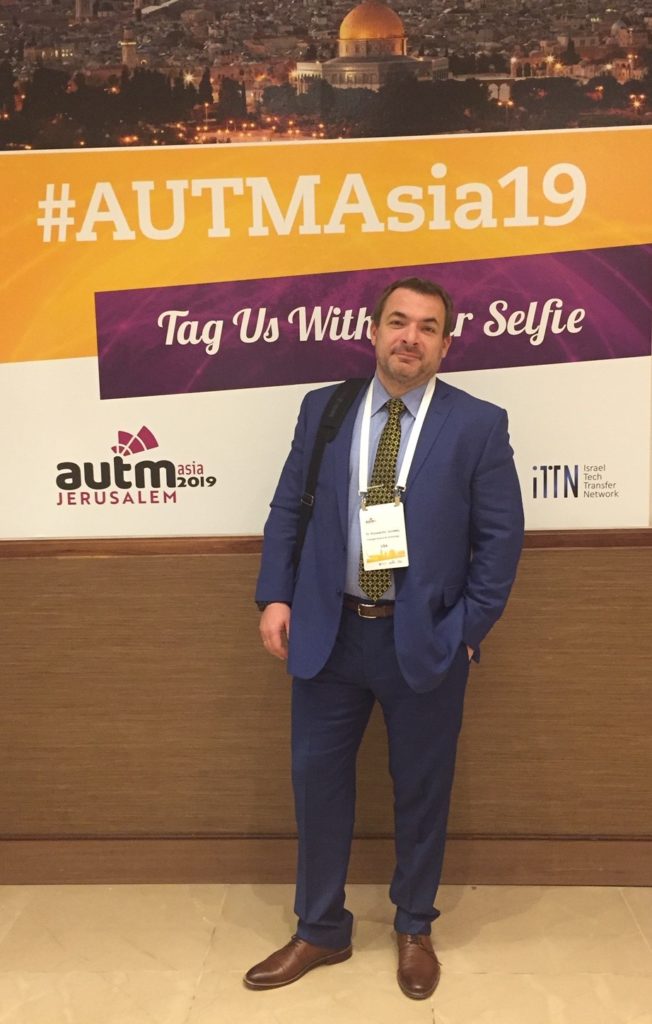Foresight Science & Technology attended the SBIR/STTR Fall Innovation Conference co-located with the 2021 TechConnect World Innovation Conference in Washington, DC from October 18-20, 2021.
If you were not able to attend the event, you can learn more about our SBIR/STTR Technical and Business Assistance (TABA) commercialization services at: https://foresightst.com/sbir-taba/ or contact Alyssa Belleville at alyssa@foresightst.com.
We hope to speak with you soon!

